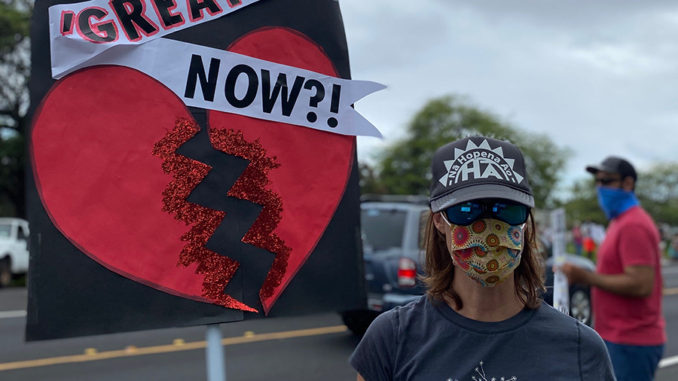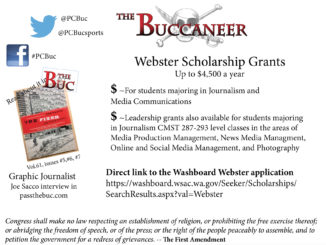
Editorial By Sarah Baker
It’s been three and a half years since President Donald Trump was sworn into office on January 20, 2017. His relentless disparagement of the news media began right away, following reports on his poorly attended inauguration, that he predicted would be “an unbelievable, perhaps record-setting turnout.” It was not.
In response to reports on attendance, Sean Spicer, Trump’s White House Press Secretary, stated the crowd “was the largest audience to ever witness an inauguration, period, both in person and around the globe.” He accused the media of false crowd estimates. This eventually led to the infamous line from President Trump’s counselor and spokesperson, Kellyanne Conway, who said Spicer was simply presenting “alternative facts.”
In hindsight, it was really the most fitting beginning to President Trump’s relationship with the press. Since then, he’s referred to the news media as the “enemy of the people” and reports that may not flatter him as “fake news.” He’s encouraged crowds at his rallies as they chant, “CNN sucks.” He often responds to questions from reporters by making fun of them, including an incident in 2016 when he mocked a disabled journalist. He’s even gone as far as trying to bar reporters from the White House and withholding information from government websites.
This may seem juvenile, but the result is dangerous; a corrosion of credibility in the public’s eyes and a general dislike for the faces that represent news media.
President Trump even admitted this to Suzanne Nossel, chief executive of PEN America, in an interview just before the 2016 election.
“You know why I do it? I do it to discredit you all and demean you all, so when you write negative stories about me, no one will believe you.” He said to Nossel.
Well, it’s working. Not only have President Trump’s actions worsened the public distrust in the news media, but they’ve caused the US to fall down the international rankings of press rights. This antagonism stems partly from the idea that journalists belong to an elite institution that many are convinced doesn’t represent their interests or share their values.
These consequences are real and tangible. The seeds of distrust, sewn by years of disparagement by administrations long before President Trump’s, couldn’t have sprouted at a worse time. During the COVID-19 pandemic, many have been emboldened to disregard essential truths from the news media and medical professionals, resulting in far more deaths than any other country.
If the concept of “fake news” has caused thousands, if not millions, of American citizens to ignore the cautions of scientists and experts regarding personal health, where does it end? What other information are we allowed to deem biased and untrue?
Authoritarian leaders have been encouraged to enact press restrictions using similar phrasing. The Washington Post noted that between January 2017 and May 2019, 26 countries have introduced laws or rules restricting online media and journalistic access in the name of preventing “fake news.” The leaders of the Philippines, Turkey, Poland, Hungary and China are among those that have cited Trump in these efforts.
President Trump’s relationship with the press has affected matters as personal as public health, and as grandiose as foreign policy. The democracy of our country is in danger; the freedoms of other countries are at stake. In another four years, it is not far-fetched to imagine limits to what truths we can publish under such an administration. This is a threat that deserves the attention and careful consideration by American citizens when filling out ballots this November. Let this be the first step to the dire repair this country needs.



